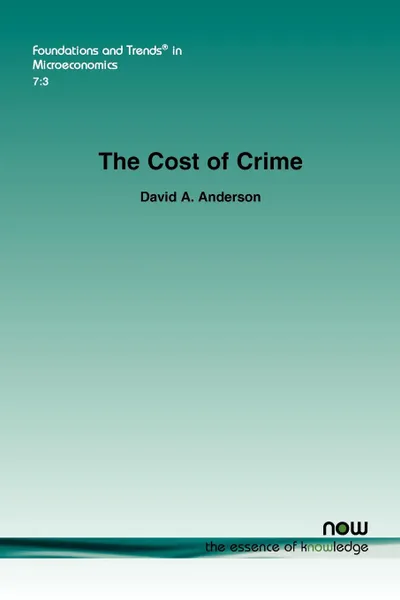The Cost of Crime 12+
Автор: David A. Anderson
72 страницы
Категория: Научная литература
ISBN: 9781601985903
Язык: Английский
📘 The Cost of Crime provides estimates of the annual cost of crime in the United States. A betterunderstanding of the repercussions of crime could guide the prioritization of law enforcement,education, and social programs that deter criminal activity. Traditional measures of criminalactivity count crimes or estimate direct costs that typically include the costs of policing,corrections, criminal justice, and replacing stolen merchandise. This study estimates the burdenof a broad set of crime's repercussions, both direct and indirect, to tell a more complete story.This study places less emphasis on imprecise counts of crimes than most previous measuresof crime's burden. The comprehensive approach adopted here captures several types of costshifting that can result from crime prevention efforts. The inclusion of private crime preventionexpenditures in this study captures the potential for public expenditures to reduce total societaloutlays for crime, with or without a decrease in the crime rate. The comprehensive scope of thisstudy also accounts for regional shifts in crime. This study examines costs for the entire nation,which accounts for the possibility of losses in one region of the United States substituting forlosses in another.For the purposes of this research, the cost of crime is defined to include all costs that wouldnot exist in the absence of illegal behavior under current law. The benchmark in this study isperfect compliance with the law. The Cost of Crime spea...
Мнения
